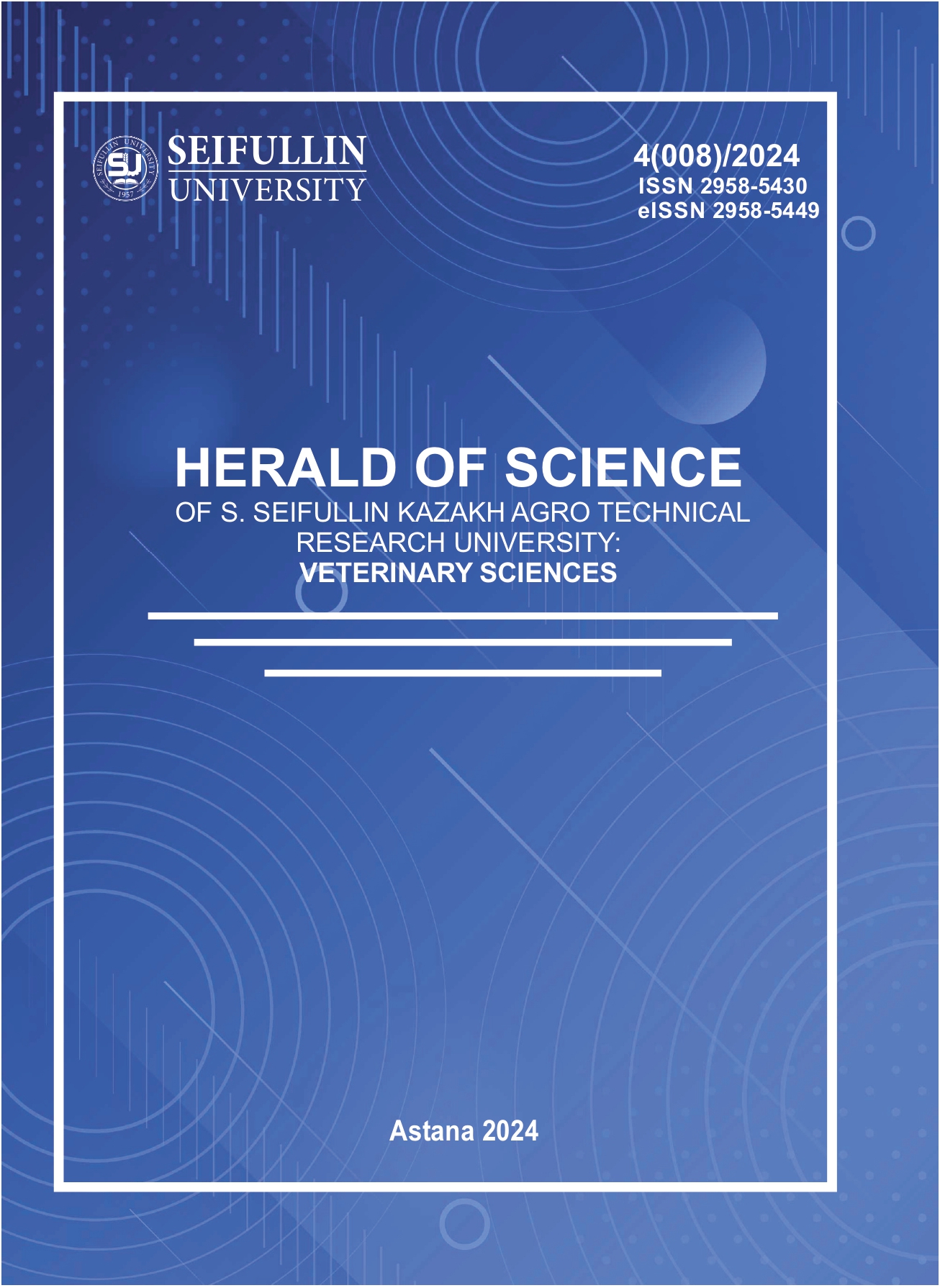Plants with radioprotective properties: current research and application prospects
DOI:
https://doi.org/10.51452/kazatuvc.2024.4(008).1796Keywords:
antioxidants; biologically active substances; radioprotectors; radiation exposure; plants; radiation.Abstract
Background and Aim. The objective of this study is to investigate plants capable of reducing radionuclide accumulation in animals and to develop scientifically substantiated dietary feed supplements suitable for the conditions of the Semipalatinsk Nuclear Test Site (SNTS). Plants with radioprotective properties play a critical role in the context of the former SNTS.
Materials and Methods. The selection criteria for the plants included their ability to bind and remove radionuclides as well as their antioxidant activity. Key species studied included the fruits of wild apple, rosehip, rowan, and hawthorn. The selected plants were harvested, dried, and processed into powdered and extract forms. A series of experiments were conducted on livestock to test various feed supplements enriched with radioprotective plants and dietary compounds such as pectin and potassium ferrocyanide. These radioprotective agents were incorporated into animal feed at concentrations of 5–7% to evaluate their effectiveness. Radiometric monitoring in experimental areas was carried out using instruments such as the RKS-01-SOLO radiometer-dosimeter, XFC-AT 6130 dosimeter-radiometer, and RAMON-02 radon monitor. Highly sensitive dosimeters were used to determine radionuclide levels in plants.
Results. The use of radioprotective plants as feed additives reduced radionuclide content in meat by 15% compared to the control group. The application of radioprotective agents facilitated the accelerated elimination of radionuclides from animals’ bodies. In the experimental group, the radionuclide excretion period was reduced to 15 days compared to the control group.
Conclusion. The study results demonstrate the effectiveness of radioprotective plants in reducing radioactive substances in animals. These plants exhibit the ability to bind and remove radionuclides from animals’ bodies. Feed additives based on these plants enhance productivity, quality, and safety of livestock products in areas affected by the former SNTS.

